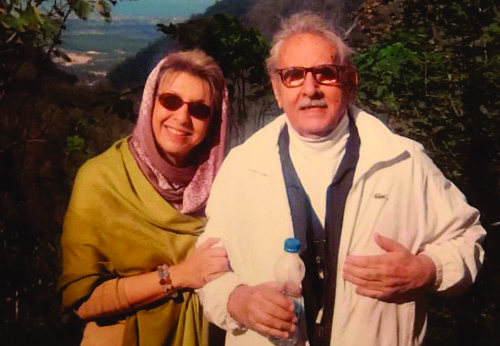Why are Parsi Cafe’s closing
2. Choosing the Right Location Location is critical to your café’s success. Look for high-traffic areas with good visibility, such as bustling urban neighborhoods, shopping districts, or near office complexes. Foot traffic is especially important for a café, as it attracts walk-in customers. Consider proximity to complementary businesses, like bookstores or gyms, that align with your target demographic—health-conscious foodies, young professionals, or families. Ensure the location is accessible, with parking or public transport options, and check zoning regulations to confirm suitability for a food business.
3. Evaluating the Ideal Size The size of your café depends on your budget, concept, and target audience. A small, intimate space (800–1,200 square feet) works well for a cozy café focusing on quick meals and coffee, accommodating 20–40 seats. For a full-service restaurant with a broader menu, aim for 1,500–2,500 square feet to include a dining area, kitchen, and storage. Factor in space for outdoor seating, as Mediterranean cafés often benefit from al fresco dining. Balance size with rent costs to maintain financial viability.





